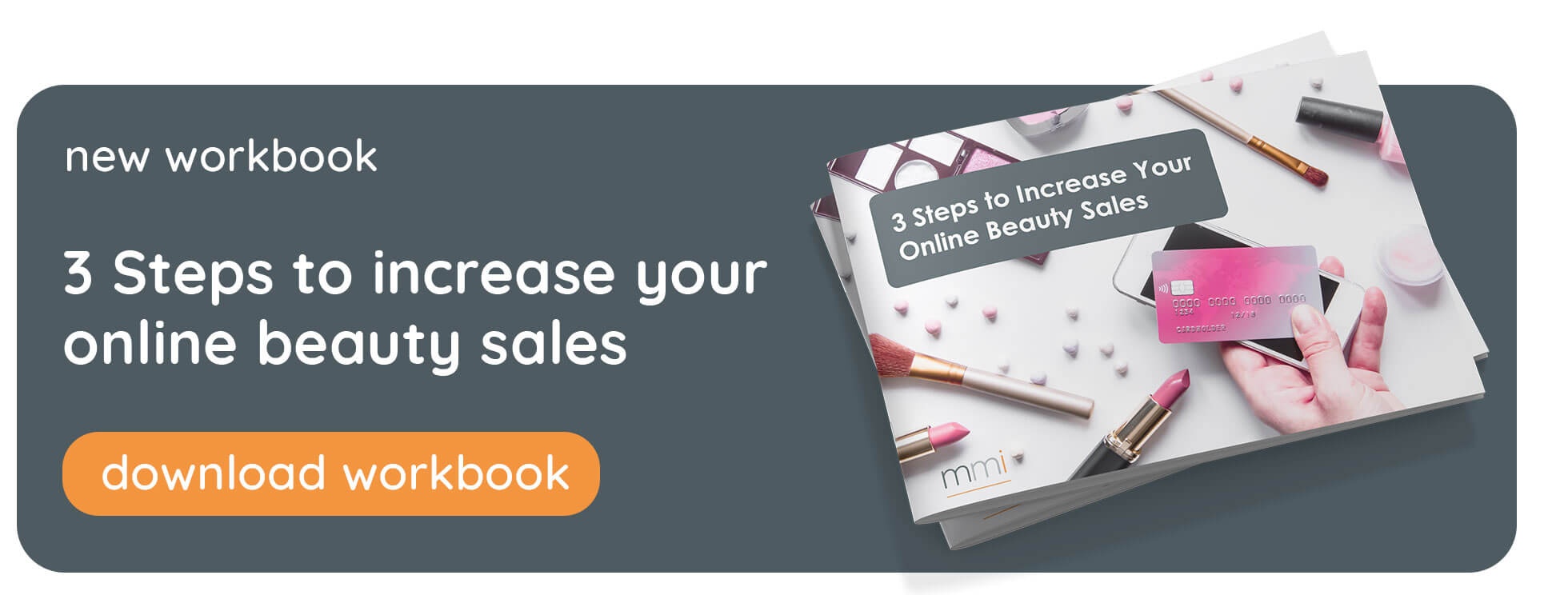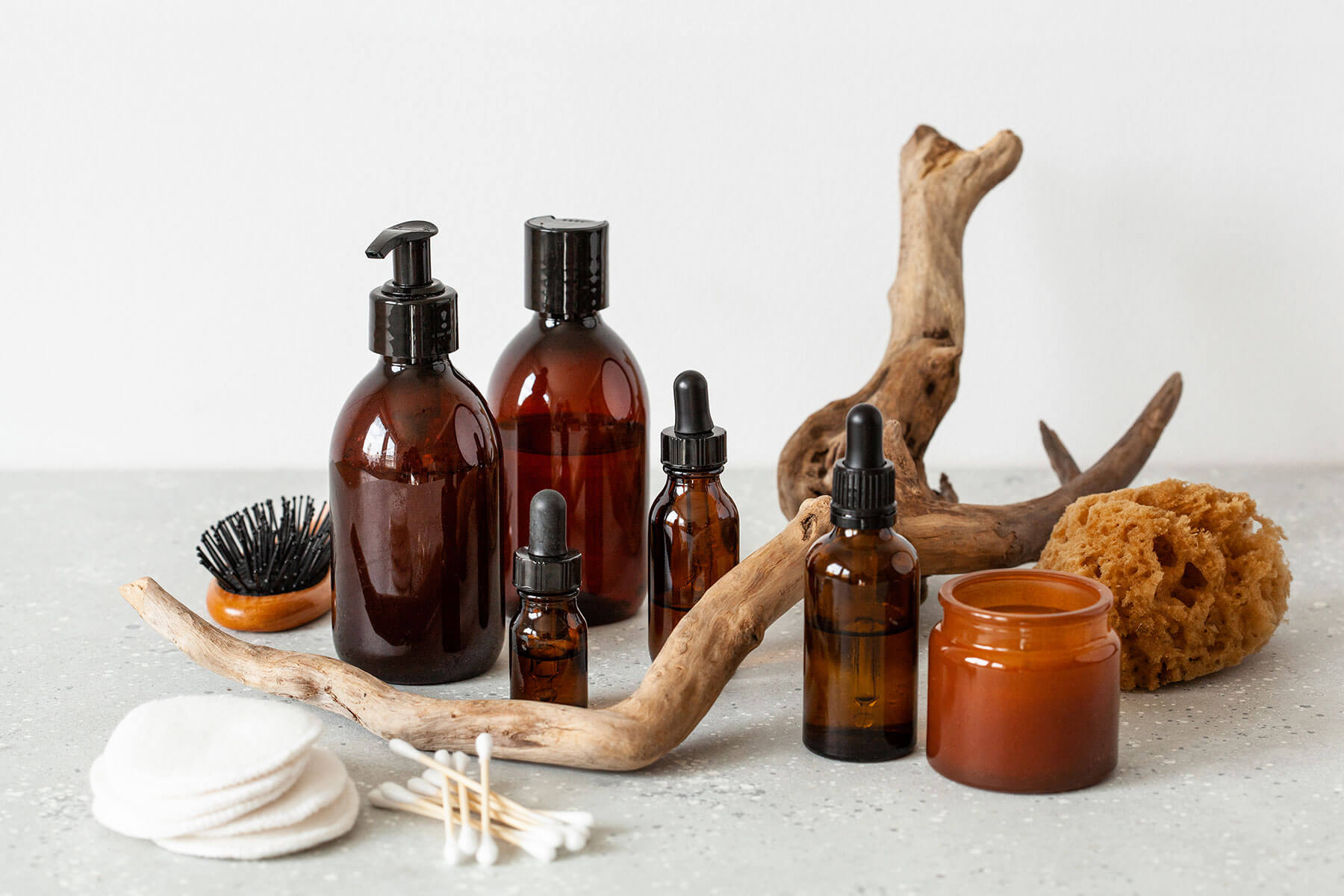The demand for data is louder than ever, as the beauty customer journey has become at once simpler and more complex in the evolving ecommerce landscape.
For shoppers, the path to purchase only appears easier and more succinct, as the introduction of social commerce whisks them from Instagram grid to store checkout with the tap of a button. But, for beauty brands, the myriad of possible journeys that online shopping presents means more phases to track and more touchpoints to optimise than ever before.
The good news is, the correct tools can help your brand navigate the new ecosystem with intelligent insights; data that allows you to make fact-based decisions every step of the way. But, with so many analytics available, how do you ensure you’re adopting the correct platforms for digital success? Here are five every beauty brand needs…
1. A Media Benchmarking Tool
Acquiring beauty shoppers is phase one in the online customer journey, which is why tracking your media mentions is pivotal to digital success. From online publications to influencer feeds, it’s crucial you monitor the full spectrum of earned media coverage – and not just for your own brand, but for your competitors, too.
While analysing your own media performance proves useful in tracking your peaks and troughs, benchmarking against other brands brings greater context to soaring or plummeting figures. This data also allows you to spot opportunities to refine your PR strategy, whether by mimicking the tactics of a key power player, or targeting the media they’ve missed. The right tool – one that’s beauty-specific – will also enable you to categorise the data, so you can home in on your market (such as Fragrance or Cosmetics) and better understand your position.
2. A Co-Op Ad Checking Tool
Think of co-op advertising as the digital equivalent to in-store activations, but instead of a pop-up counter, you catch customers’ eyes with a captivating banner on an etailer homepage. Reaching shoppers in a buying mindset, these agreements can prove highly lucrative, as long as they’re carefully planned and tracked with a co-op ad checking tool.
Use a tool that enables you to measure share of voice (SOV) across your chosen etailer so, pre-campaign, you can negotiate a banner position with high visibility. Then, use it to ensure your ad remains compliant from beginning to end – something that, mmi can reveal, 22% of co-op ad campaigns do not meet. Hourly tracking lets you pinpoint any issues, such as the wrong creative being used, the banner leading to the incorrect landing page, or the campaign not appearing for the agreed length.
3. A Digital Shelf Optimising Tool
The digital shelf is more than a point of sale; it’s a digital marketing tool, providing customers with visuals and copy that brings their potential purchase to life through a screen. 98% of shoppers say they’ve been dissuaded from a purchase due to incomplete product content, which is why you should ensure your digital shelf is working hard to engage, inform and persuade.
Now, analytics can help you measure the true impact of your content. A digital shelf optimising tool will highlight opportunities to improve your product pages, whether you need extra images or more detail within your descriptions. Furthermore, some tools can even help you understand the keywords to target within your text, so you can boost your rankings – and, in turn, visibility – within an etailer’s on-site search engine.
4. A Price Tracking Tool
The cost of a product not only affects your annual profits and margins; it also impacts how customers perceive your brand, and where you stand amongst your competitors. A data-informed pricing strategy is key to remaining competitive in the beauty industry, and tracking market-wide RRPs will help you make fact-based decisions about your own prices.
But that’s not the only purpose of a price tracking tool. The correct analytics should also show you how etailers are treating your products when it comes to introducing discounts and promotions. Layering this data with your sales figures can help you understand unexpected increases in sales, while tracking competitor promotions also brings context to sudden drops in revenue.
5. A Marketplace Protection Tool
Cosmetics ranks as one of the top 10 most counterfeited items in the UK; a practice that erodes beauty brands’ revenue and their brand equity. Meanwhile, unauthorised sellers are becoming more prevalent in the marketplace, as such platforms like Amazon, Google Shopping and eBay provide a place for them to sell grey market products without feeding into your P&L.
But, with a marketplace protection tool, you can track your product SKUs in real-time, and identify unauthorised sellers as and when they become active. This tool should give you the seller’s name, company registration number and country of registration, so you can pass the information over to your legal team and, where possible, cut off supply. Want to know more about protecting your beauty brand? Read more about how to safeguard SKUs from the grey market.
Last updated: 3rd October 2024




